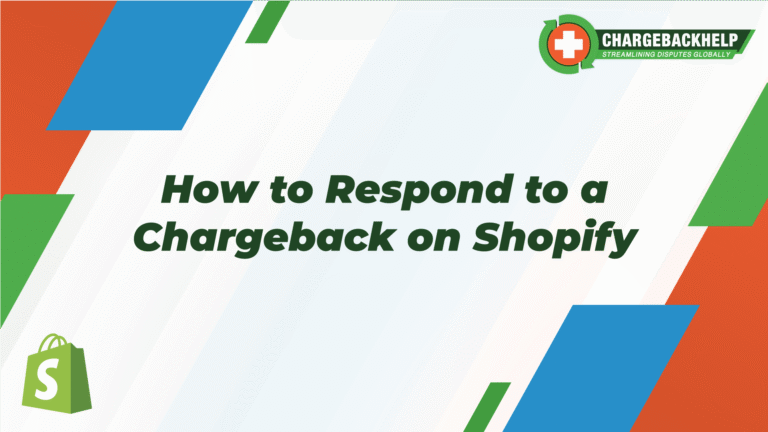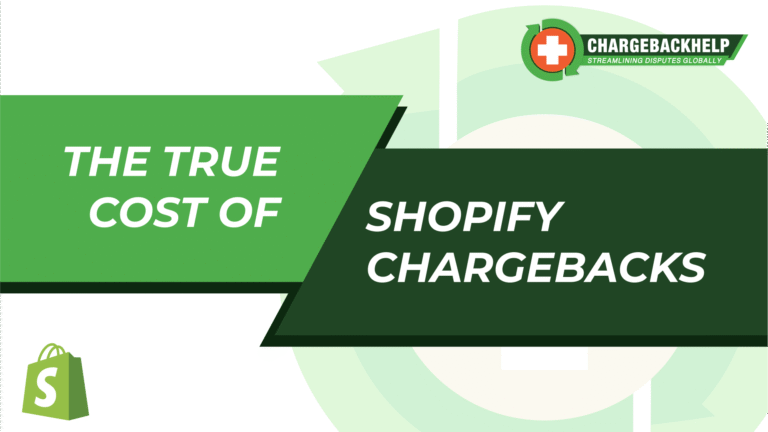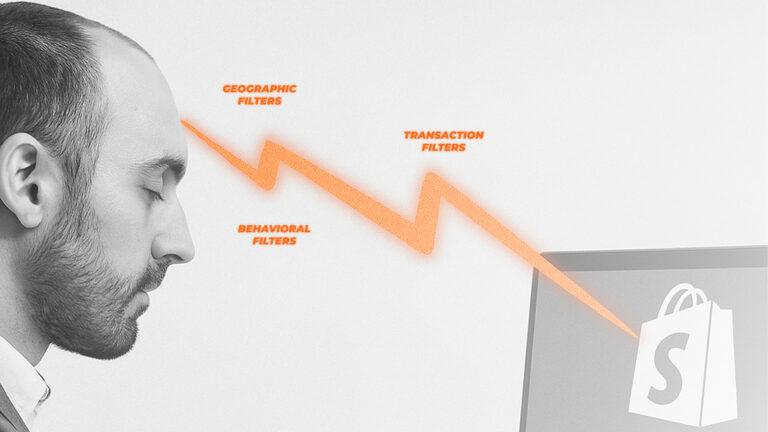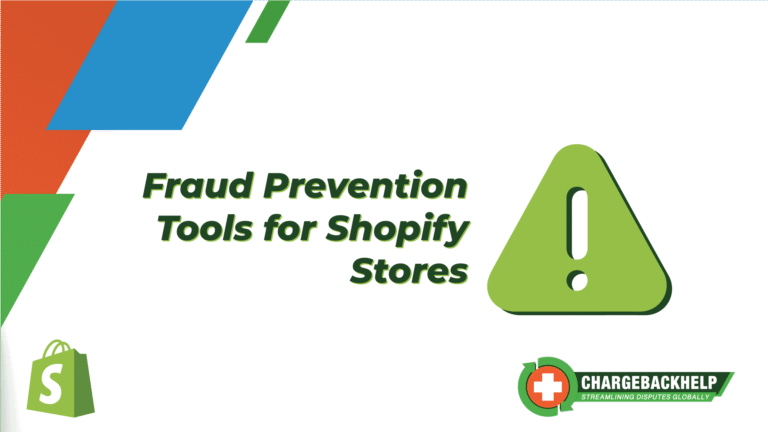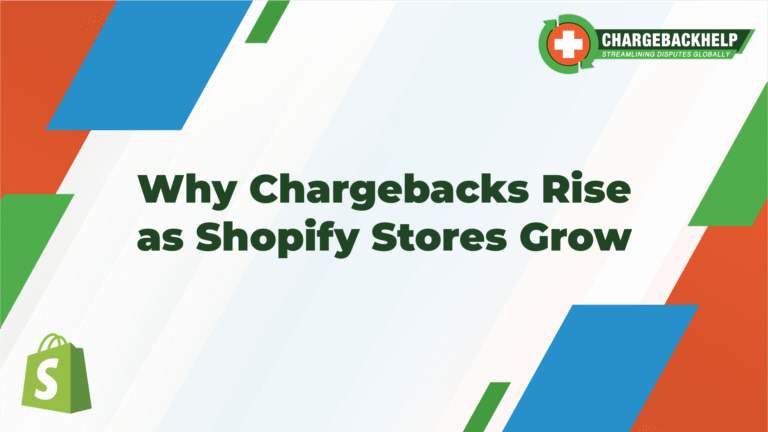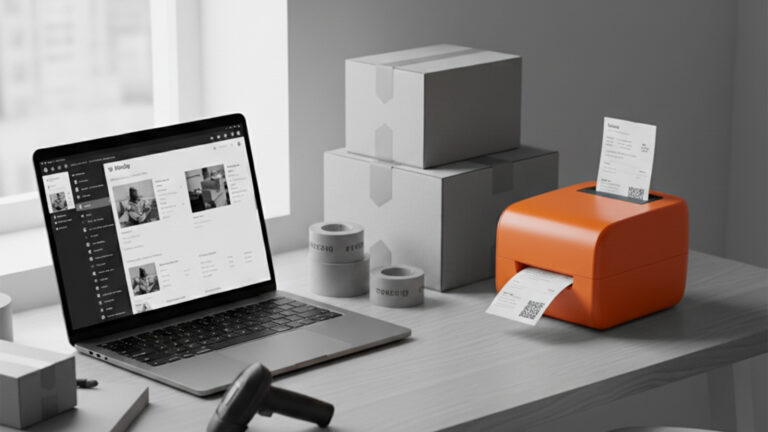Simple Steps to Reduce Chargebacks on Shopify

Reducing Chargebacks on Shopify
Chargebacks can feel like a frustrating and costly surprise for new Shopify merchants. When a customer disputes a charge it doesn’t just mean a refund, it also means lost merchandise, fees, and potentially damaged relationships with payment providers. Left unchecked, chargebacks can erode your profit margins and even jeopardize your ability to process payments in the future. Fortunately, there are simple, practical steps you can take to reduce chargebacks before they happen and handle them effectively when they do. By building a proactive chargeback prevention strategy, you’ll be better positioned to protect your store and your customer relationships.
Understand Why Chargebacks Happen
The first step toward reducing chargebacks is understanding why they occur in the first place. For many Shopify stores, chargebacks aren’t always the result of intentional fraud, they often stem from confusion or miscommunication. Some of the most common reasons include:
- Customer confusion about what they purchased or how the charge appears on their statement. For example, if your store name is different from your legal business name, a customer might not recognize the charge.
- Unfamiliar billing descriptors that don’t match the name the customer associates with the purchase. A mismatch can lead the customer to believe the charge is fraudulent.
- Buyers forgetting about a recurring charge from a subscription. If a customer signs up for a subscription and forgets about it, they might dispute the charge when it reappears on their card.
- Shipping delays that make customers think their order is missing. A late delivery can trigger frustration and prompt a chargeback if the customer believes the item isn’t coming.
- Actual fraud, where someone uses a stolen card to make a purchase. While less common for small stores at first, fraud can occur at any time and carries serious consequences.
When you understand the root causes, you can put measures in place to reduce the likelihood of these situations leading to chargebacks.
Use Clear Billing Descriptors
One of the easiest ways to prevent chargebacks is to ensure that your billing descriptor (the name that appears on a customer’s credit card statement) is clear and recognizable. If your Shopify store operates under a different name than your official business name, it’s important to align your descriptor with what the customer expects to see.
A confusing billing descriptor might seem like a small detail, but it’s a common reason for unnecessary chargebacks. A customer who doesn’t recognize the charge might immediately call their bank or card issuer to dispute it. By making sure your descriptor matches your storefront or brand name as closely as possible, you help customers connect the dots between their purchase and their statement.
You can check and update your billing descriptor through your payment processor or Shopify Payments settings. It’s worth reviewing it periodically to ensure it still reflects your brand accurately, especially if your business name, website, or branding has changed.
Communicate Early and Often
Good communication is one of the most powerful tools you have for reducing chargebacks. Customers who feel informed are less likely to panic and more likely to trust that you’re handling their order professionally. From the moment a customer places an order, communication should be clear, timely, and consistent.
Send an immediate order confirmation email that summarizes the purchase details, including the product, price, and shipping address. As the order progresses, provide updates. Let the customer know when the item has shipped and provide tracking information. If there are delays, don’t wait for the customer to reach out in frustration. Proactively update them about the reason for the delay and the new expected delivery date.
Consider adding delivery confirmation or requiring a signature for high-value items. That extra layer of documentation can help in cases where a customer claims they never received their order.
When customers know what to expect and feel reassured that you’re attentive, they’re far less likely to file a chargeback.
Provide Detailed Product Information
Chargebacks often happen when a customer feels that a product wasn’t as described. Maybe they thought they were getting a different size, color, or feature. Maybe the product didn’t meet their expectations because the photos or description were unclear.
The solution is to provide detailed, honest, and accurate product information. Use clear, high-quality images that show the product from multiple angles. Include measurements, materials, and any features that could affect the customer’s decision. If there are limitations or quirks (for example, a handmade item that varies slightly in appearance), mention them upfront.
Think about the questions a customer might ask and address them in your product descriptions. The more clarity you provide, the less room there is for misunderstanding and the less chance a customer feels misled after they receive their order.
Make Refunds Easy
Sometimes a customer simply changes their mind or isn’t satisfied with a purchase. In these cases, making it easy for them to request a refund or return can prevent a chargeback. When customers feel like their concerns are being heard and resolved, they’re less likely to escalate the issue through their bank.
Clearly display your return and refund policy on your website, ideally on your product pages and during checkout. The policy should explain how customers can initiate a return, how long they have to do so, and what conditions apply. Make sure the process is simple and that customers can easily reach you if they have questions.
Respond promptly to refund requests and process them quickly. A slow or unresponsive merchant increases the risk that the customer will bypass you and file a dispute.
By making refunds and returns part of your customer service approach, you can resolve issues directly and avoid the additional costs and complications of chargebacks.
Watch for Risky Orders
Fraud prevention starts with knowing what to look for. Even on a small Shopify store, fraudulent orders can slip through and lead to chargebacks. Shopify provides built-in fraud analysis tools that can help you identify suspicious orders.
Be on the lookout for:
- Orders with mismatched billing and shipping addresses
- Unusually large purchases, especially from first-time customers
- Multiple orders in quick succession from the same IP address
- Orders with express shipping requests to regions known for fraud
When you spot a risky order, pause before fulfilling it. Contact the customer to confirm details, or consider canceling and refunding the order if it seems too risky. Taking a moment to verify can save you from a costly chargeback down the line.
Keep Good Records
Despite your best efforts, chargebacks can still happen. When they do, having solid records makes it easier to challenge them successfully. Keep detailed records of every transaction, including:
- The original order details
- Payment confirmation
- Shipping and delivery tracking information
- Emails and messages exchanged with the customer
- Refunds or adjustments provided
Organize these records so you can quickly access them if a dispute arises. The faster and more completely you can respond to a chargeback, the better your chances of winning the case and avoiding a financial loss.
Review and Adjust
Reducing chargebacks isn’t a one-time task.
It’s an ongoing part of managing a successful Shopify store. Make time regularly, perhaps once a month or once a quarter, to review any chargebacks you’ve received. Look for patterns. Are certain products or services generating more disputes? Are certain countries or regions associated with higher chargeback rates?
Use this information to refine your approach. You might decide to change how a product is described, adjust your fraud filters, or reconsider your shipping carriers or delivery promises. Reducing chargebacks is closely tied to the quality of your customer experience, so it’s important to revisit and improve your approach as your business expands.

